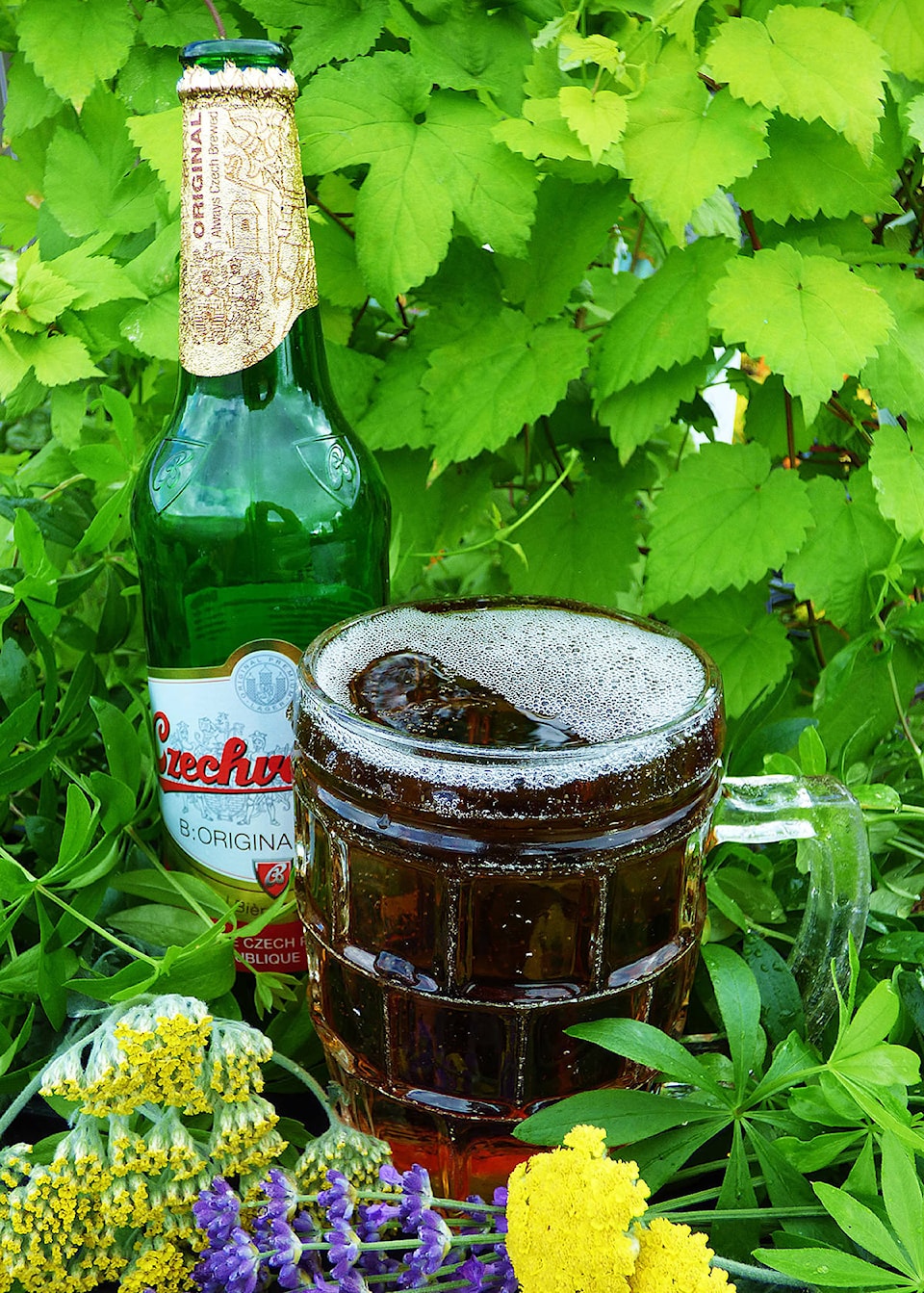Father’s Day was always quite traditional when I was a kid – my mom would prepare dad his favourite foods, but he would barbeque the main course.
That meant wearing his tacky Hawaiian shirt and firing up the charcoal briquettes with copious amounts of fire starter fluid, because if there wasn’t some sort of pyrotechnics when he lit it up, it somehow diminished the whole experience.
In fact, my dad discovered Cajun cooking long before it was fashionable, as his barbeque chicken was never removed from the grill until it had a distinct blackened skin, which was the way he liked it.
Besides the shirt, his only other tradition was to drink a beer while barbequing, with his brand being Old Style Pilsner.
He really wasn’t what you would call a beer aficionado, but, then again, back in the days of stubby bottles, there wasn’t a lot of choice, just your basic Canadian, Labatt’s Blue, Black Label and Extra Old Stock.
Then around the late ’70s, a few import beers like Heineken and Carlsberg broke into the market, which opened into a flood of potential choices.
Today craft beers seem to dominate the stores and we have myriad porters, pale ales, stouts and lagers to choose from, many of which are flavoured with fruits, herbs and spices.
And while we might think that this is something new, the truth is that we are just rediscovering some of the plants that have been used to brew beer for hundreds of years.
Beer in its numerous incarnations is one of the oldest manmade beverages, with ancient Egyptians enjoying a glass after a hard day of building pyramids and vikings slaking the thirst of a robust pillaging.
Prior to the purity law of 1516, which allowed only water, barley malt and hops as beer ingredients, many different herbs were used for bittering or preservation.
This concoction was known as gruit (pronounced the same way as the ‘I am Groot’ creature of the Guardians of the Galaxy film) and it might surprise you what they used.
Among the most common herbs were juniper berry (Juniperus communis), Scotch heather (Calluna vulgaris), Horehound (Marrubium vulgare), Yarrow (Achillea millefolium), mugwort (Artemesia vulgaris) and sweet gale (Myrica gale), which actually grows around Whonnock Lake.
Modern versions of herbal beers with hops include the flavours of lavender (Lavandula angustifolia and x intermedia), green tea (Camellia sinensis), Sitka spruce (Picea sitchensis), rosemary (Rosmarinus officinalis), lemon verbena (Aloysia triphylla) and the honey sweetness of bell heather (Erica cinerea).
Some of these are quite regional in nature, including summer beers flavoured with elderflower (Sambucus nigra) from Denmark and sweet woodruff (Galium odoratum) infused wheat beers from Berlin.
And we haven’t even discussed the many flavours that modern hops breeding have brought to brewing, including ‘Northern Brewer’ (pine, mint), ‘Centennial’ (floral, citrus), CITRA (strong fruit), ‘Willamette’ (fruity, herbal), SIMCOE (citrus, pine) and MOSAIC (earthy, floral, fruit). Of course, even older varieties, such as ‘East Kent Goldings’ (circa late 1700s), are still used today for their complex citrus, spice and honey overtones.
Suffice it to say, we also have many home brewers looking to create that perfect West Coast ale, so I have posted a ‘Traditional Beer Spice’ piece on my blog (www.mikesgardentop5plants.wordpress.com) to help you out.
• Amsterdam Garden Centre will also be hosting a hops seminar, by yours truly, this Saturday from 1:30-2:30 p.m., followed by a beer tasting and talk from the brewmaster of Foamer’s Folly Brewing Co. of Pitt Meadows, which in my humble opinion is the perfect Father’s Day gift.
Mike Lascelle is a local nursery manager and
gardening author
(hebe_acer@hotmail.com).
